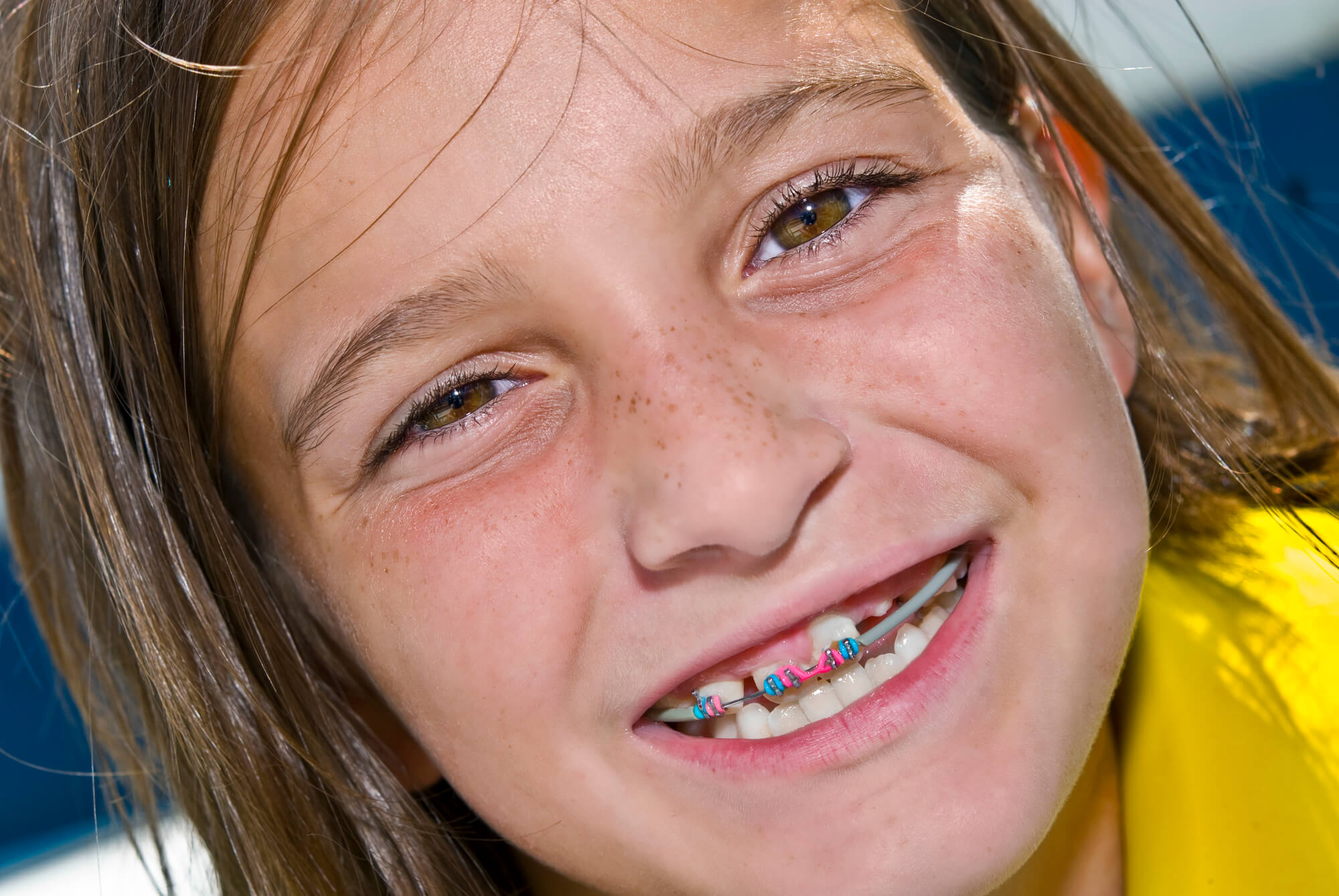Do Most Children Need Braces?

Orthodontic treatment is optional healthcare. So, the answer to the question, Do most children need orthodontics, in a literal sense, is No. However, if the question is Would most children benefit from orthodontic treatment, the answer is Yes, more than 50% of children could benefit from some type of orthodontic treatment.
According to an article in the Washington Post:
- About four-and-a-half million Americans wear orthodontic braces.
- About 80% of orthodontic patients are between the ages of 6 and 18.
- About half of all kids in the US need orthodontics at some point.
The benefits of orthodontic treatment are numerous and last a lifetime. Some of these benefits are outlined below.
For more information or your complimentary exam, call us today at (503) 585-5400.
How Your Child May Benefit from Braces
The first and most obvious benefit children get from wearing braces is a great smile. How a person thinks about their smile can have effects that reach far beyond looking good in pictures. For example, a person who’s not happy with their smile is less likely to smile.
When others see a person who isn’t smiling, they tend to think that person is angry, unhappy, or having a bad day. This can affect how others treat, or even label, the non-smiler. During a job interview, not smiling could cost a person the position they seek.
One of the things many people forget is that the mouth is used for more than just eating and smiling. It is also the single most expressive element in our faces. How we hold our lips, mouths, and chins is a big part of facial expressions. Someone who doesn’t smile isn’t using their mouth for a full range of emotional expressions. This leads to misinterpretation of the person’s feelings and personality and assumptions about the person’s characteristics.
When considering orthodontics, you should know that straight teeth are easier to clean than overlapping teeth. Not only are they easier to brush, but well-aligned teeth and a good bite make the mouth better at self-cleaning.
Note: Orthodontic treatment corrects malocclusion or a bad bite. These two terms describe a poor relationship in the fit between upper and lower teeth when the mouth is closed. On the flip side, good occlusion and a good bite represent a healthy relationship.
With properly aligned teeth, your child can enjoy a healthy bite, and this generally leads to teeth lasting longer. With proper occlusion, biting forces are distributed evenly so that no single tooth feels too much force. This helps healthy teeth last longer but is even more important for teeth with large or multiple fillings.
Another benefit of a good bite is the front teeth (those that are most important in a smile) on the top and bottom arches do not touch unless the mouth is fully closed. This characteristic keeps front teeth from wearing down during the normal act of chewing. With a healthy occlusion, only the back teeth touch during biting, while upper and lower front teeth do not come into full contact. In people with a severely overlapping bite, front teeth rub together, which can cause these teeth to wear down and look short, even at a very young age.
There are also special situations in which orthodontic treatment during childhood can have a profound effect on the quality of a person’s life. In many cases, undergoing orthodontic treatment in childhood will ultimately save money. Salem Orthodontic treatment often prevents the future need for teeth replacement or extensive, invasive dental work.
Contact Our Salem Orthodontics Office at McDonald Orthodontics For Consultation
Some children’s orthodontic problems are so severe that they could be considered facial deformities. This can lead to teasing and bullying, as well as depression and loss of self-esteem. Dr. John McDonald has treated a handful of cases in which a patient confessed to being suicidal because of the trauma they experienced from other children, directly related to the severity of their orthodontic problems. Contact us for orthodontics treatment



